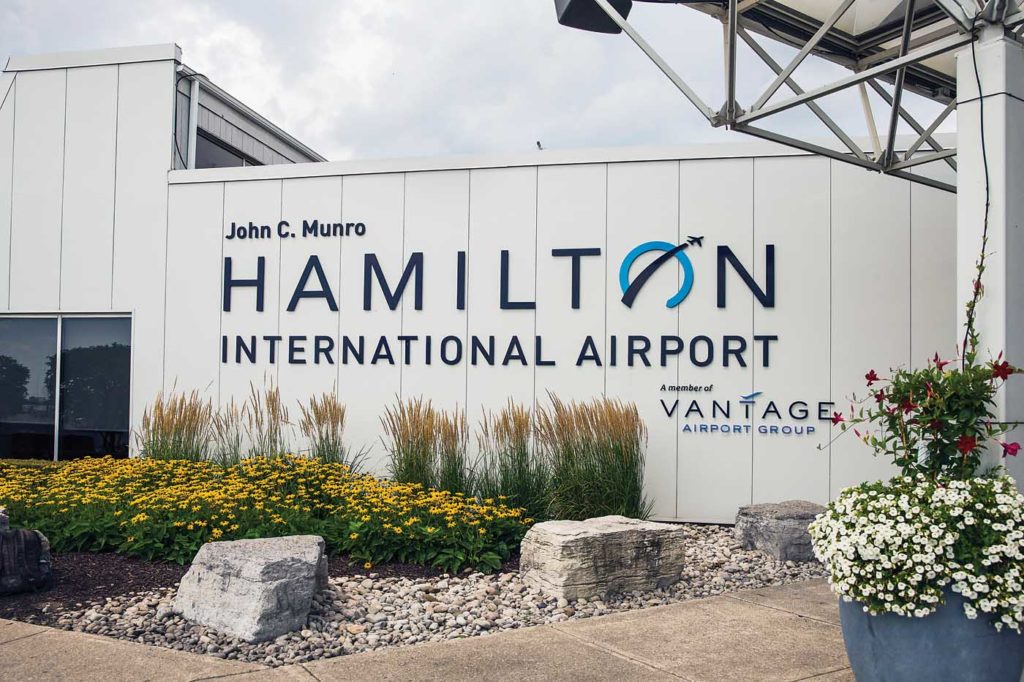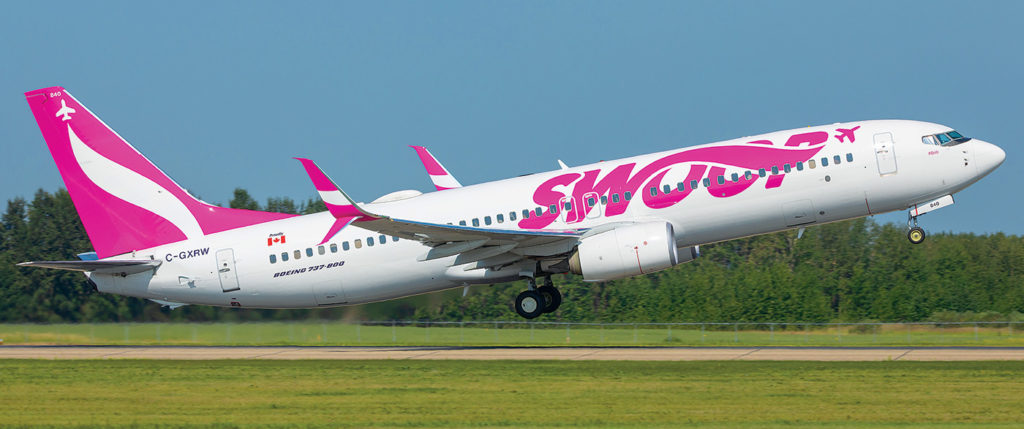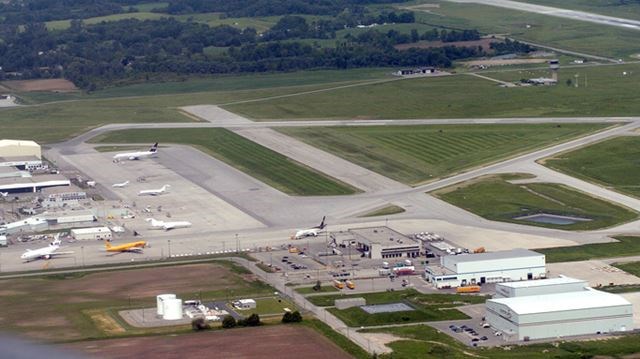Estimated reading time 6 minutes, 32 seconds.
John C. Munro Hamilton International Airport (CYHM) has seen a dramatic shift in daily activity since March 11, when the World Health Organization declared COVID-19 a global pandemic.
“We almost broke that 1 million passenger mark in 2019 and in January and February of 2020, we had the best two months we have ever had in my tenure at the airport,” said Cathie Puckering, the airport’s president and chief executive officer. “We were North America’s fastest growing airport in 2018 on a percentage [basis] year-over-year, but that obviously came to a grinding halt in March of 2020.”

The arrival of Swoop, WestJet’s low cost carrier, at Hamilton Airport in June 2018 stimulated plenty of travel demand at the airport, building on WestJet’s scheduled service and seasonal programs operated by Sunwing and other airlines.
Puckering said the airport took measures to manage the business prudently at the end of March and immediately cut all discretionary spending except those services essential for the health and safety of everyone at the airport.
“You obviously take on additional costs to protect everyone . . . by changing the policies and procedures to [ensure] a higher level of cleaning and disinfecting . . . minimizing the interaction and contact . . . to keep people distant.”
Dedicated freighter movements increased by 10 per cent in April as local partners Cargojet, DHL, UPS, Amazon, Canada Post and Purolator benefitted from increased e-commerce and online sales activity, charters to fly personal protective equipment (PPE) and other medical supplies from Asia, and a worldwide reduction in belly cargo capacity on scheduled passenger flights.
Locally-based Cargojet has also been providing ACMI (aircraft, crew, maintenance and insurance) cargo flights on behalf of other airlines.
With Westjet and Swoop operating a substantially reduced schedule, the airport took advantage of the lull in daytime jet traffic to accelerate the rehabilitation of 10,000-foot-long Runway 12-30, which was reactivated every evening to support Boeing 757 and 767 freighter movements.
This is part of the airport’s $39 million four-year capital program to also restore 6,000t-foot-long Runway 04-26, as well as the airport’s supporting taxiways and lighting system. The airport received $18 million in June 2019 from the federal government for the work.
Hamilton hoped that Swoop would resume full operations after the COVID-19 risk had passed, but on Aug. 26 Swoop announced it was going to start passenger flights from Toronto Pearson Airport on Oct. 25 while maintaining scaled down service at Hamilton.

“We’ve been seeing strong load factors all summer, albeit we’re only running at 20 per cent of what we had before,” said Puckering, adding that the airport is holding discussions with other airlines regarding the resumption of service. But it’s a challenge “because airlines are only seeing about 30 days out. With the travel restrictions, border closures and different levels of COVID-19 at destination points, it’s really hard to plan.”
In 1996, Hamilton signed a contract with a private consortium to manage and operate the airport. Today, the airport operates as a wholly-owned subsidiary of the Vantage Airport Group, which holds the contract until March 2038. The Vancouver-based company manages a network of 10 airports on two continents.
The ownership structure allowed the airport to tape the federal wage subsidy program, which was not available to municipally owned and operated airports.
Hamilton has pursued diversified development across three sectors — passengers, air cargo and land development.
In November 2019, DHL broke ground on the construction of a $100 million, 200,000-square-foot facility next door to the Canadian Warplane Heritage Museum, which will open in 2021 and have airside access. The facility will quadruple the company’s space at the airport and be equipped to process 15,000 packages per hour. Employment is expected to increase from 375 to 575 within five years to meet double-digit growth in shipment volumes.
Almost a year ago, KF Aerospace opened the doors on its first wide-body aircraft hangar. The 75,000-square-foot aircraft hangar is 285 feet wide by 265 feet deep with a 65-foot high ceiling — giving KF the ability to support most wide-body aircraft.
The hangar is part of a $40-million, 150,000-square-foot investment that will create 275 new jobs and also includes adjacent state-of-the-art shops, classroom and hangar space for Mohawk College’s aircraft maintenance engineer programs, which have moved between leased facilities for several years.

Several years ago, Hamilton created the 551-hectare Airport Employment Growth District (AEGD) to complement airport activities.
On Sept. 8, Amazon Canada announced that it was going to establish a fulfilment centre that would create up to 1,500 jobs in an 855,000-square-foot warehouse being developed by the Panattoni Development Company to the east of the threshold of Runway 24.
Puckering said the new warehouse development complements cargo operations, and the airport can offer “through the fence” access to the airport from the AEGD for companies needing expedited aircraft access.
There has been a widespread loss of passenger service across the airport community, but Hamilton Airport’s diversification strategy will allow it to weather the COVID-19 downturn in aviation probably better than its peers.








